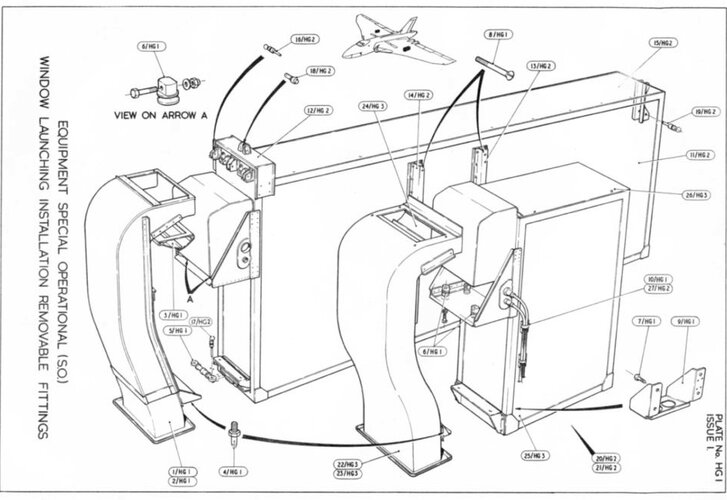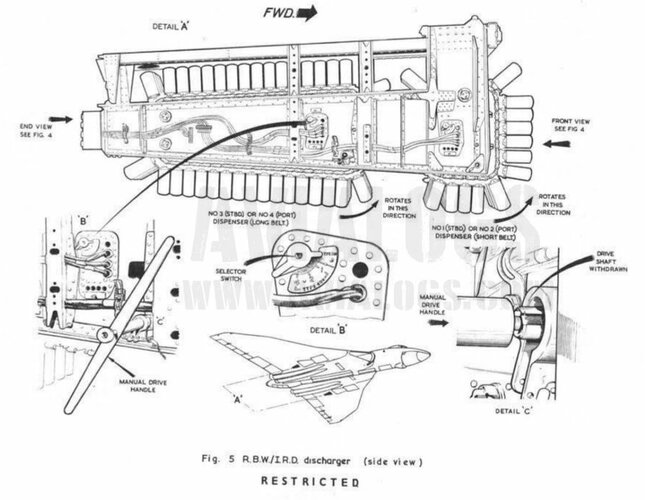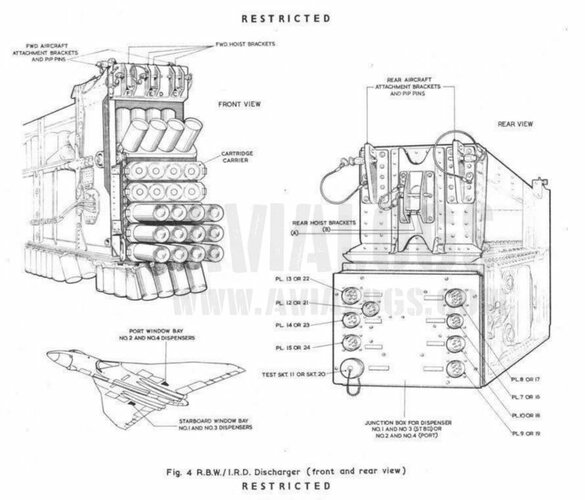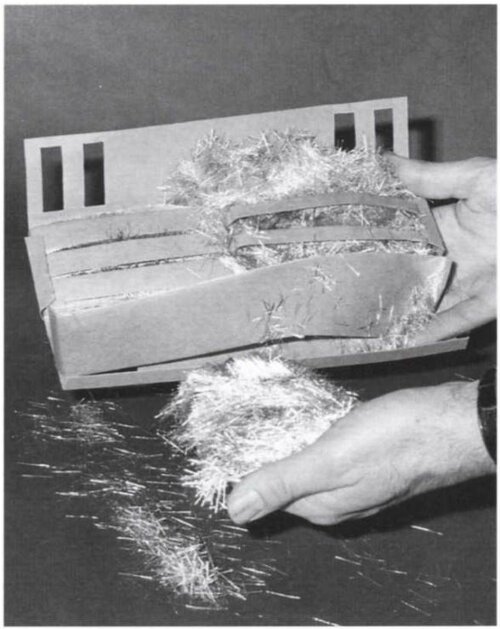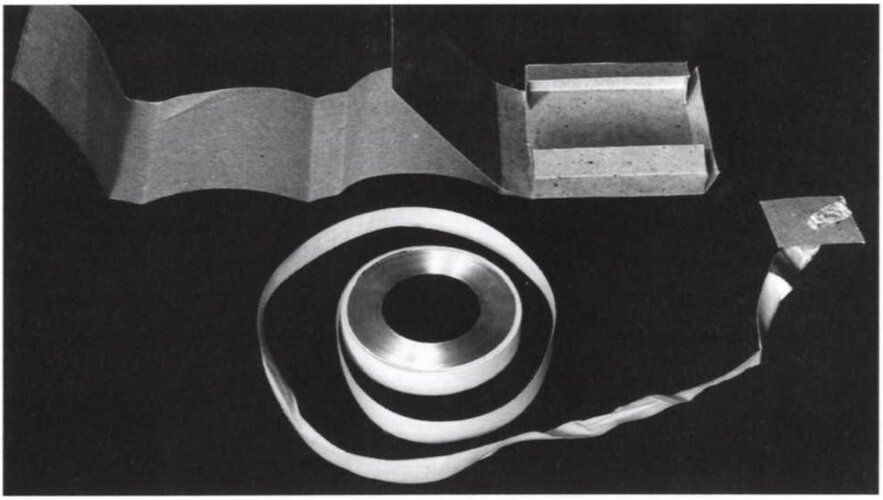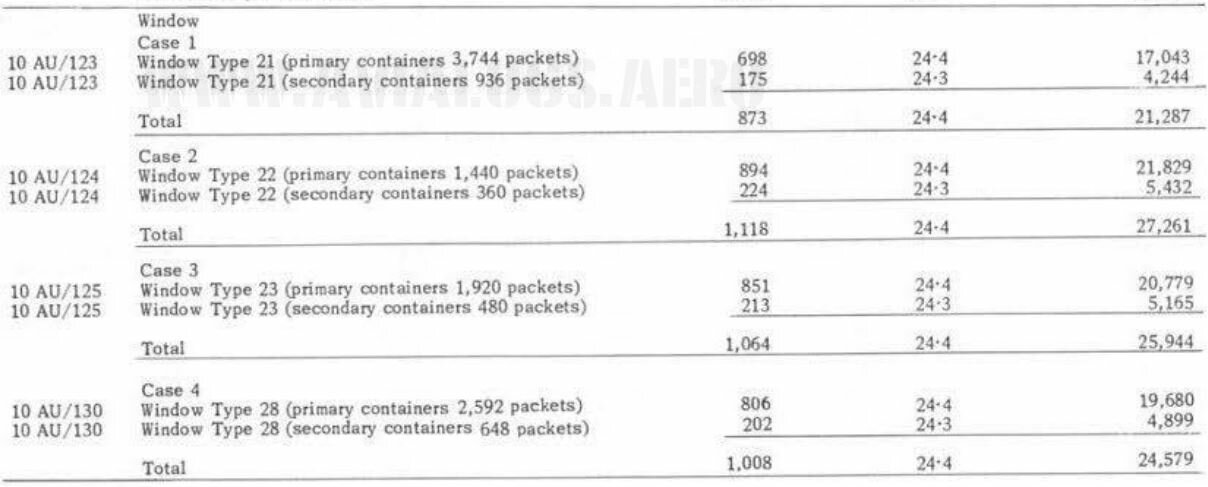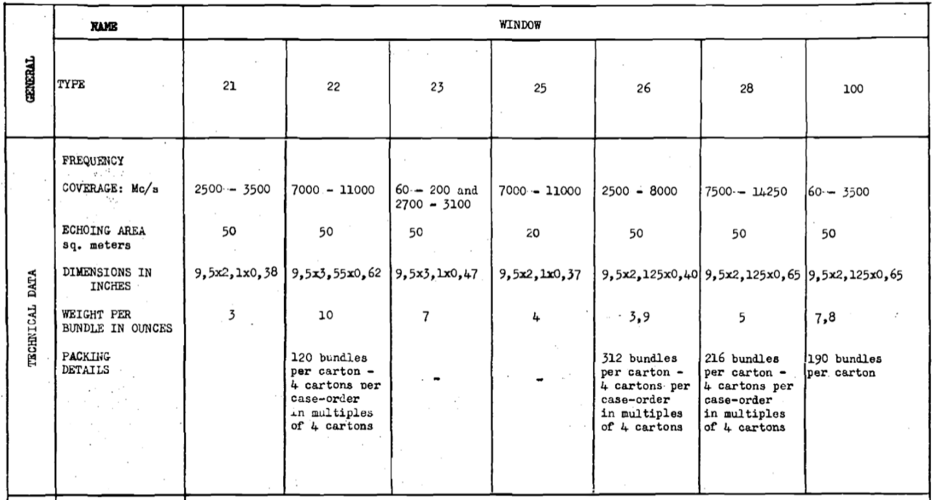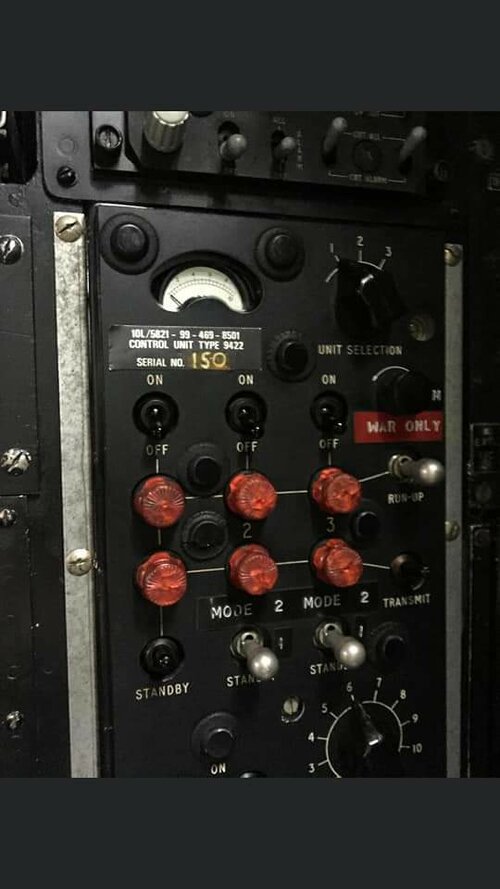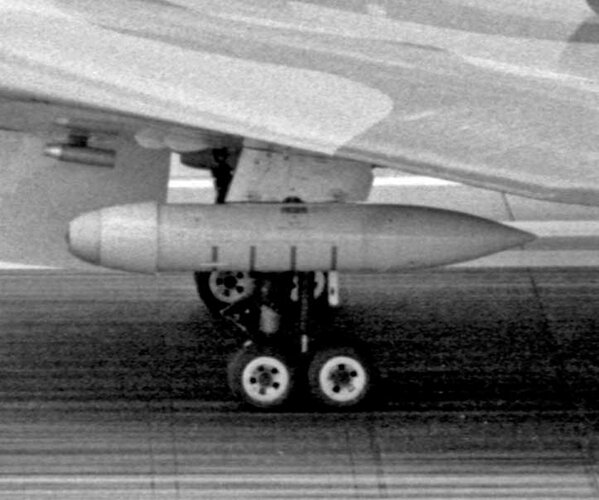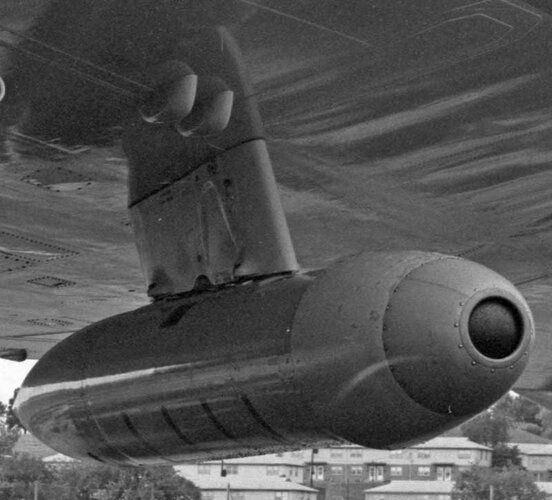I was reading this RAF Historical Society Journal and there is a section in it which talks about the Electronic Warfare Equipment on the Avro Vulcan. This part in particular caught my attention.
Does anyone have any interesting information (or pictures) about the Chaff / Flare dispensers on the Vulcan?
Here's what I've worked out so far from doing a bit more reading after seeing that: the chaff (or Window, as they were called back then) dispensers were fitted inside the wing, just behind the landing gear. They are also mentioned very briefly in both the Vulcan B.1A and B.2 flight manuals (available here if anyone is interested). The RAF Journal lists the Window dispenser on the Vulcan as follows:
As for the infrared decoys I can't find much meaningful information online. Aside from a few websites (of questionable trustworthiness) mentioning the Vulcan carried flares all I've found is this US Navy Report saying that the RAF developed a 2.25" x 5.3" decoy flare for use with the Vulcan and other V-bombers under the designation Flare Type E/2/1, and later UK Mk 1 Decoy. The RAF Journal describes the flare dispensers as:
I'm aware of the collection of ECM kit which resided in the Vulcan's tail, and have heard mention Vulcan's carrying large amounts of chaff before, but this is the first time I've read of the Vulcan carrying infrared decoy flares.On paper the Vulcan had an impressive defensive suite comprising powerful jammers, a radar warning receiver, a tail warning radar, infrared flares and oodles and oodles of chaff.
Does anyone have any interesting information (or pictures) about the Chaff / Flare dispensers on the Vulcan?
Here's what I've worked out so far from doing a bit more reading after seeing that: the chaff (or Window, as they were called back then) dispensers were fitted inside the wing, just behind the landing gear. They are also mentioned very briefly in both the Vulcan B.1A and B.2 flight manuals (available here if anyone is interested). The RAF Journal lists the Window dispenser on the Vulcan as follows:
So that comes out as the Vulcan carrying about 1,850 packets of Chaff / Window. However later on it also says the Vulcan carried 4,000 packets of chaff which is obviously a lot more. Does anyone know what the correct amount is?ARI 18051 - WINDOW dispensers (Vulcan - Type 26 (2.8-8 GHz) & Type 28 (7.5-14.25 GHz). Short (350 packet) belt in each wing and long (1150 packets) belt in port wing, plus chaff cartridges for the Very pistol
Moving on, the Vulcan could dispense large quantities of chaff. It was stored within the wing, just aft of the main undercarriage legs, in what were inevitably known as ‘window boxes’, two per side. In all we had four thousand packets of chaff, each packet being about a nine inches long by three inches wide and half-an-inch thick. It was pre-cut to various lengths giving us wideband frequency coverage. It was dropped through apertures in the underside of the wing which looked rather like letter-boxes.
As for the infrared decoys I can't find much meaningful information online. Aside from a few websites (of questionable trustworthiness) mentioning the Vulcan carried flares all I've found is this US Navy Report saying that the RAF developed a 2.25" x 5.3" decoy flare for use with the Vulcan and other V-bombers under the designation Flare Type E/2/1, and later UK Mk 1 Decoy. The RAF Journal describes the flare dispensers as:
The wording of that (the flare being in the form of long and short belts implies that maybe they take the place of one of the chaff belts?Infrared Decoys (Vulcan): 92 short belt; 172 long belt

